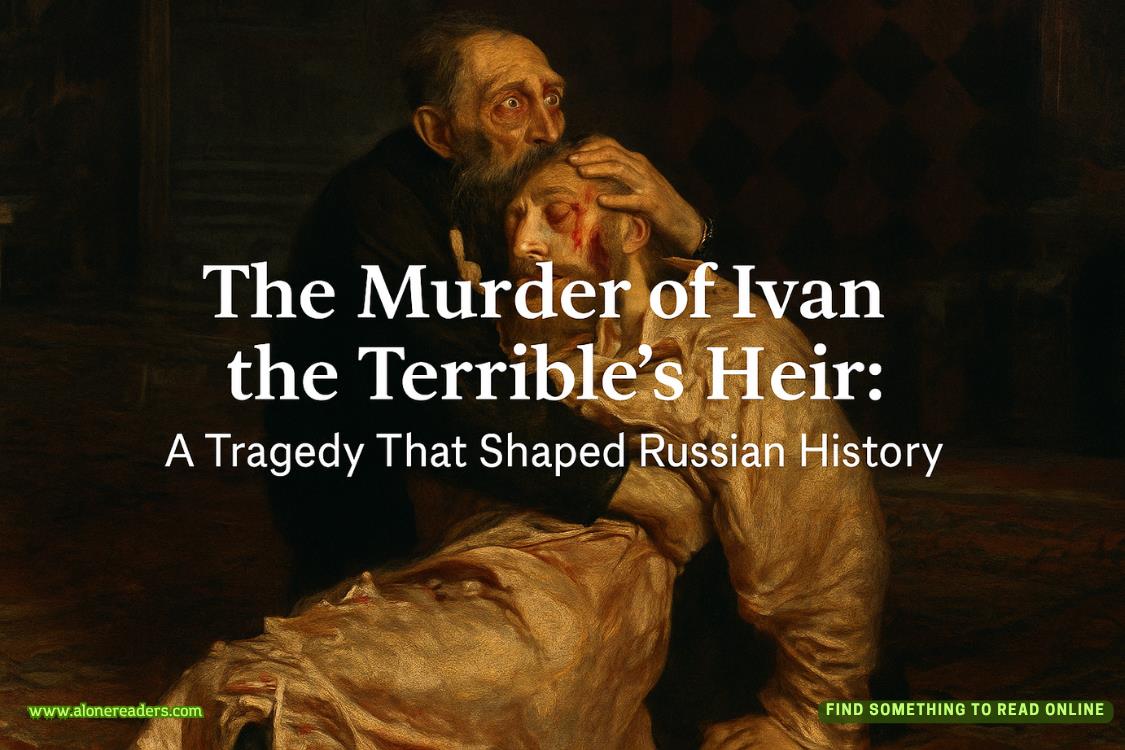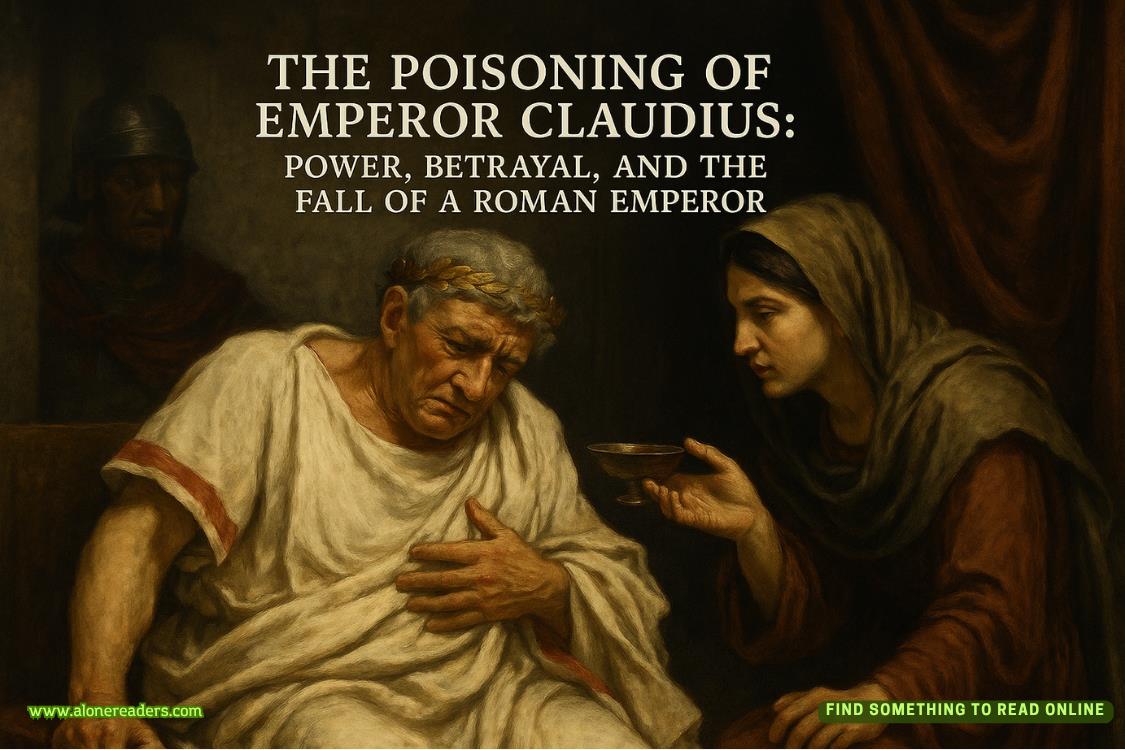Page 17 of Whoops-A-Mate From Outer Space
“Really? What happened?”
“A disease swept the population. It was highly contagious and fatal for the Lalylltiar. But it was mild for those with human genetics. Less dangerous than what you call the common cold. Those early Lalyllte worked feverishly to save their counterparts. They were healthy enough for research, but time was against them. The pathogen mutated quickly, and by the time they would isolate a way to fight it, the method was less effective than hoped.”
“It wiped them out?”
He sighed. “Close enough. Their population was decimated, including colonies on other planets. What is the phrase…” he paused. “Ah… in a bubble. In a bubble, they might have been able to recover, but even that hypothetical assumes the best outcomes. Viability was questionable given the number of survivors.”
Another pause. “They did try to rebuild. There were efforts made to sequester themselves and only reproduce with each other. But our population grew faster with our lower lifespan, and continued interbreeding led to their eventual extinction.”
“I’m sorry…”
He smiled that sad smile again. “It is the way of the universe. Everything must eventually perish. There is no way to know how many civilizations rose and fell across the cosmos long before the Lalylltiar came to be, and how many will come after andnever know of them.” He shook his head. “But we still carry traces of them, and we strive to honor their memory. Even to this day.”
“Were they an all-male species?” I asked. “Is that why you engineered yourselves to be all-male?”
He shook his head. “There was a second calamity. Several hundred years after the pathogen swept through the Lalylltiar, another virus evolved that was able to act on human genetics, but only for females.”
“How did it work?”
“Records are sparse, but they seemed to think that it was able to take advantage of immune system differences between men and women. Hormone responses also seemed to have been something they were concerned about. However, they did not have much time to study it. At first, they tried to find the cause, but as the situation worsened, strategies shifted to prevention, then to attempts to slow the progression. Researchers continued to work to isolate the cause, but more and more were lost to the scramble of trying to save the remaining women and girls. Even sequestration only provided a short buffer.”
He paused. “Genetic modification was… somebody explained the term ‘Hail Mary’ and I believe it fits. It was a Hail Mary. Even if they could have saved the women, there were not enough left to rebuild. We were also potentially facing extinction.
“It was a desperate move, but it worked. Women who had been sequestered understood the stakes, and they allowed scientists at the time to make changes to their babies in utero. Fetuses at the earliest stages of development were altered at a genetic level so that males would also have the ability to become pregnant and bear offspring. Young men volunteered to havetheir bodies altered so that they could pick up the torches of childbearing. An entire society understood that we would perish if drastic measures were not taken.”
He leaned back and stared at the sky. “It was meant to be a temporary solution. Scientists of the era wrote that they hoped it would give them the time they needed to save the women and girls. It was a means to ensure the population could continue long enough to find the cure.”
“They never found it, did they?”
He shook his head. “They were eventually able to find a virus that seemed to be the cause, but as the remaining females fell victim, the ability to continue research disappeared with them. At some point, lab-grown samples offered no additional insight.”
“And no females were born after that?”
He frowned. “They were, until grieving parents asked for more modifications. Baby girls were birthed, usually to perish before their first birthday and in pain. Of course, tissue samples were taken, but the cost was too high. Another decision was made. We would not sacrifice babies in the name of research. There were other all-male—and all-female—races in the galaxy. Some had evolved that way, others—like us—had to make difficult choices.”
“I’m sorry…”
He smiled softly. “Thank you.”
“Did women survive longer on your colonies?”
He shook his head. “After the loss of the Lalylltiar, we were unable to maintain their colonies. As a hybrid species, our population was thriving, but not to the level that it takes for extraterrestrial colonization. We were also vulnerable. Ratherthan find ourselves at the wrong end of conflict, we used diplomacy. Colony planets were traded for protection. Species that had been friendly with our predecessors continued their stance with us, and those relationships were invaluable through both crises.”
“But they were unable to help you find cures?”
He nodded. “Even the best advances in medical science cannot predict the future. There will always be new viruses and bacteria. More outbreaks can be prevented as knowledge grows, but there are still times when things progress too quickly.”
I sighed. “I guess some things never change.”
“That is an unfortunate truth.”
There was a moment of silence before I spoke again. “So that explains how you came to be an all-male species, but not why you decided to contact us now.”
He let out a long sigh. “Having the ability to get pregnant and bear children was only one challenge. Fertility was an issue in those early years. As scientists worked to increase fertility rates, we believe they inadvertently affected virility.”
“They didn’t notice?”
He shook his head. “It was subtle. Nothing more than a statistical anomaly in their time. But it grew worse over the generations. Eventually, the disparity grew to where we can get pregnant easily. However, our sperm counts are quite low. Now, even with reproductive assistance, our birth rate has been below replacement levels for many generations.”















